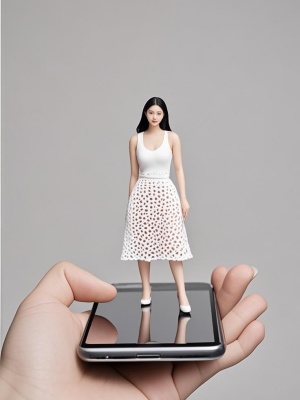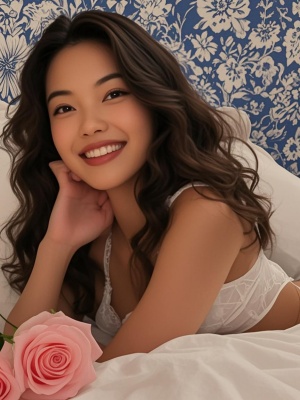Transforming Photos into Pop Art: A Complete Guide
Introduction
Pop art has become one of the most recognizable and beloved art styles of the modern era. With its bold colors, high contrast, and graphic elements, pop art can transform ordinary photos into striking works of art. Whether you're an artist, photographer, or just someone looking to add a creative touch to your images, converting photos into pop art is an exciting way to reimagine your visuals. In this guide, we'll explore the techniques, tools, and creative possibilities of turning photos into pop art masterpieces.
The Origins and Characteristics of Pop Art
Pop art emerged in the 1950s and 1960s as a reaction against traditional fine art, drawing inspiration from popular culture, advertising, and mass media. Key characteristics include:
- Vibrant, saturated colors
- High contrast and bold outlines
- Use of halftone dots and Ben-Day dots
- Graphic, simplified forms
- Repetition of images
These elements combine to create the distinctive pop art look that remains popular today. When converting photos to pop art, these characteristics serve as essential guidelines.
Methods for Converting Photos to Pop Art
Traditional Techniques
Before digital tools, artists created pop art manually using techniques like screen printing (as made famous by Andy Warhol) or hand-painting with acrylics. These methods required significant skill but produced unique, tactile results.
Digital Transformation
Today, several digital methods make photo-to-pop-art conversion accessible to everyone:
- Photo editing software (Photoshop, GIMP)
- Specialized pop art apps and filters
- AI-powered tools like those found on MediaAI
Each method offers different levels of control and artistic interpretation. For beginners, AI tools provide the easiest entry point with impressive results.
Step-by-Step Guide to Creating Pop Art from Photos
Follow these steps to transform your photo into pop art:
- Select a high-contrast photo with clear subject
- Simplify the image by reducing color palette
- Apply bold outlines around key elements
- Add halftone patterns or Ben-Day dots
- Experiment with color blocking and saturation
- Consider repeating the image in a grid pattern
For more detailed instructions, check out our AI Painting Guide which covers advanced techniques.

Creative Applications of Photo-to-Pop-Art
Pop art conversions have numerous creative applications:
- Unique portrait gifts for birthdays or special occasions
- Eye-catching social media profile pictures
- Custom home decor and wall art
- Branding and marketing materials
- Personalized merchandise (t-shirts, mugs, phone cases)
The possibilities are limited only by your imagination. For wedding applications, see our Wedding Photo Style guide.
Conclusion
Transforming photos into pop art is a creative process that blends technology and artistic vision. Whether you use traditional methods or modern AI tools, the result can turn ordinary images into extraordinary works of art. With the techniques outlined in this guide, you're now equipped to begin your own pop art creations. Remember that experimentation is key - don't be afraid to play with colors, contrast, and composition to develop your unique pop art style.

For further inspiration and tools, explore the resources available at MediaAI's gallery and start your pop art journey today.